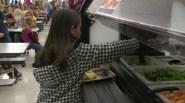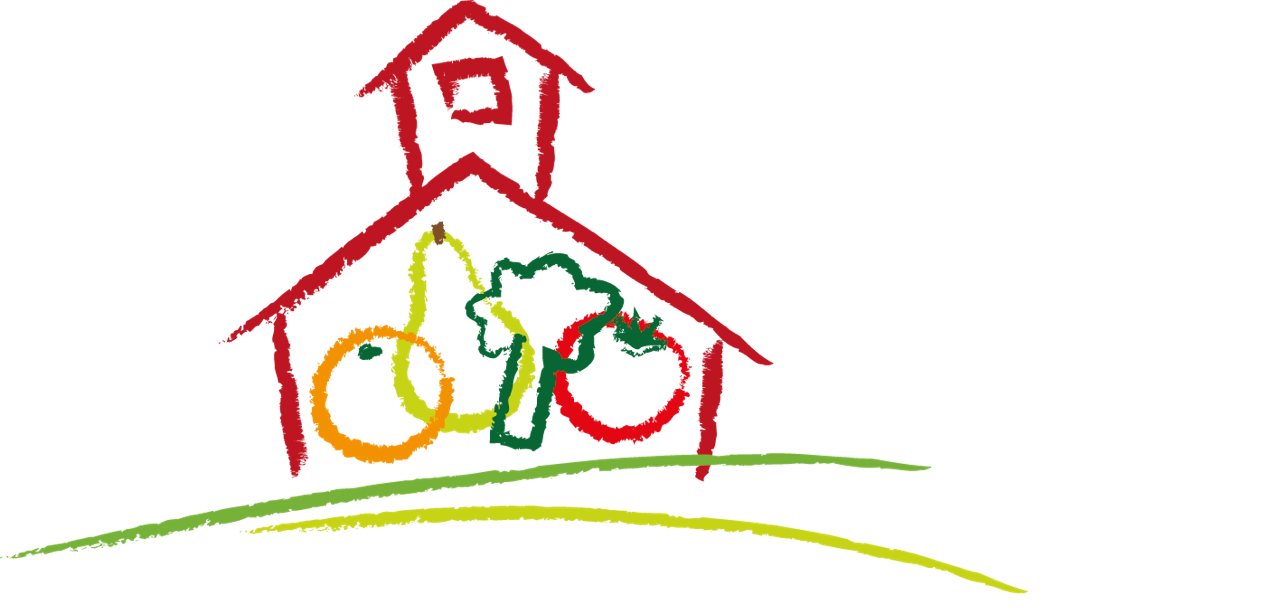United Community Schools Tracks the Miles on Their Salad Bar

School nurse and food services director of Iowa’s United Community Schools, Lori Good, is a firm believer in salad bars in schools. Her approach to gaining acceptance from the students focuses on nutrition as well as many other aspects of health and wellness.
United Community Schools recently adopted a Mileage Club program from nearby Mary Greeley Medical Center. The program was initially started by the hospital with a two-year grant in 2006, but the hospital saw so much success and popularity in the program they continued it once grant funding ended. It began in only a few schools and has now spread even further to districts like United Community Schools.
This is the first year of the Mileage Club at the school district. In the eight-week program coordinated and sponsored by Mary Greeley, kids have two opportunities to earn “Toe Tokens” which mark their health and wellness milestones:
1. During the week kids are given the opportunity to walk around a track on their 20-minute recess. Volunteers count their laps and each time they reach five miles they earn a “Toe Token.” Good says it’s rare that kids don’t participate.
2. In the cafeteria, kids are encouraged to eat 56 servings of fruits and vegetables over the course of the program and earn a “Toe Token” each time they participate. Good says kids are proud of their token earnings and wear them on a chain around their neck.
Another tactic that the district chef likes to employ is mixing up new salad recipes with different dressings and delivering tasting cups regularly to all of the classrooms. This hands-on promotion continues to encourage laps around the salad bar.
- Number of kids served at UCS: 270
- Percentage who qualify for free and reduced-priced meals: 34%
- Annual number of local farms partners: 1 farm
- Kids’ favorite local produce: green peppers, cucumbers, tomatoes, cantaloupe, and watermelon
Good says that since the program’s launch, parents say they have seen their kids eating more fruit and vegetables at home. She attributes this to the salad bars and the delicious produce served from a local farm, Rinehart’s Family Farm. For example, kids were reluctant to try green peppers thinking they would be spicy. Given the opportunity to try local green peppers on the salad bar, more kids are now requesting them. The district is talking with local farmer, Greg Rinehart, about possible farm visits and a presentation on local food in the coming year.
And there are greater efforts happening outside of the cafeteria. A third-grader named Amelia wanted to build a greenhouse so she put up posters and wrote a letter to the principal asking for the chance to build one for the school. In response, Amelia’s school established a greenhouse program in which students can participate during their recess. Just recently a handful of greenhouse club kids ran up to the kitchen with five cherry tomatoes to wash and eat. Though the yield is small, Good notes that the kids are excited and are already asking to plant more produce next year for the salad bar.
Have there been any challenges? Keeping labor costs down is one of the only issues that the district has faced thus far. It takes longer on both ends of services—to prepare the fresh vegetables and to clean up. Good emphasizes, however that the reward outweighs this small cost.
